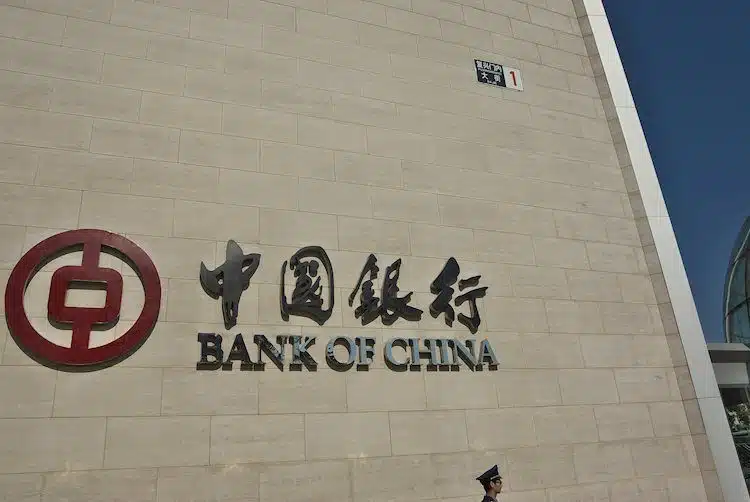The People’s Bank of China (PBOC) set the USD/CNY central rate at 6.9054 on Thursday, compared to the previous fix of 6.9249 and market expectations of 6.9061. It is important to highlight that the USD/CNY closed near 6.9179 the day before. In addition to the daily USD/CNY fix, the PBOC provides details of the Open Market Operations (OMO), indicating an injection of 33 billion Yuan through seven-day reverse repos at a 2.0% rate.
China exercises strict control over the yuan’s exchange rate on the mainland. The onshore yuan (CNY) operates differently from the offshore one (CNH) due to variations in trading restrictions, with the latter not being as tightly regulated. Each morning, the People’s Bank of China (PBOC) establishes a daily midpoint fix, based on the previous day’s yuan closing level and quotations taken from the interbank dealer.
The regular adjustment of the yuan’s value, or the daily fix, is a crucial aspect of China’s economic policy. The PBOC has complete control over the onshore yuan, and any modifications greatly impact China’s economy and foreign exchange markets. Understanding the factors that influence the central bank’s decisions regarding the value of the yuan is vital for market participants.
China’s domestic economic conditions and priorities play a significant role in determining the yuan’s value. The central bank’s moves frequently correlate with the government’s macroeconomic objectives, such as fostering economic growth, controlling inflation, and supporting employment. The PBOC aims to maintain financial stability while promoting economic development. As a result, it will typically seek to strike a balance between maintaining a healthy level of foreign exchange reserves, ensuring an appropriate amount of liquidity, and managing the value of the yuan to sustain competitiveness in the international market.
Another critical factor influencing the PBOC’s decisions on the daily fix is global economic conditions. The central bank takes into account the external environment, such as changes in major economies’ growth prospects, fluctuations in commodity prices, and movements in major stock indexes. The PBOC also considers developments in international politics and trade, as they can have far-reaching ramifications on global financial markets and China’s foreign exchange and economic policies.
Market expectations are a crucial consideration for the PBOC when setting the value of the yuan. The central bank carefully monitors market trends and sentiment to adjust the fix accordingly. By responding to market expectations, the PBOC aims to minimize the risk of capital flight, maintain a stable balance of payments, and promote investor confidence in China’s economic and financial stability.
The PBOC also considers the balance of demand and supply in the foreign exchange market in setting the daily fix. Currency market intervention by the central bank typically occurs when it believes there is excessive volatility or significant misalignment between the yuan’s value and its economic fundamentals. By intervening in the market and setting the daily fix, the PBOC aims to ensure that the yuan’s external value accurately reflects the underlying fundamentals of China’s economy.
Lastly, the PBOC considers the effect of its policies on China’s financial stability, its position in the global financial system, and its long-term growth prospects. As a result, policymakers may adjust the daily fix to align with broader policy objectives, including managing capital flows, reducing financial risks, and promoting the internationalization of the yuan.
In conclusion, the People’s Bank of China determines the daily fix of the yuan based on a complex interplay of factors, including China’s domestic economic conditions, global economic developments, market expectations, and broader policy objectives. By setting and adjusting the value of the yuan, the PBOC aims to maintain financial stability and support China’s economic growth while managing the impact of global economic fluctuations and promoting investor confidence.


